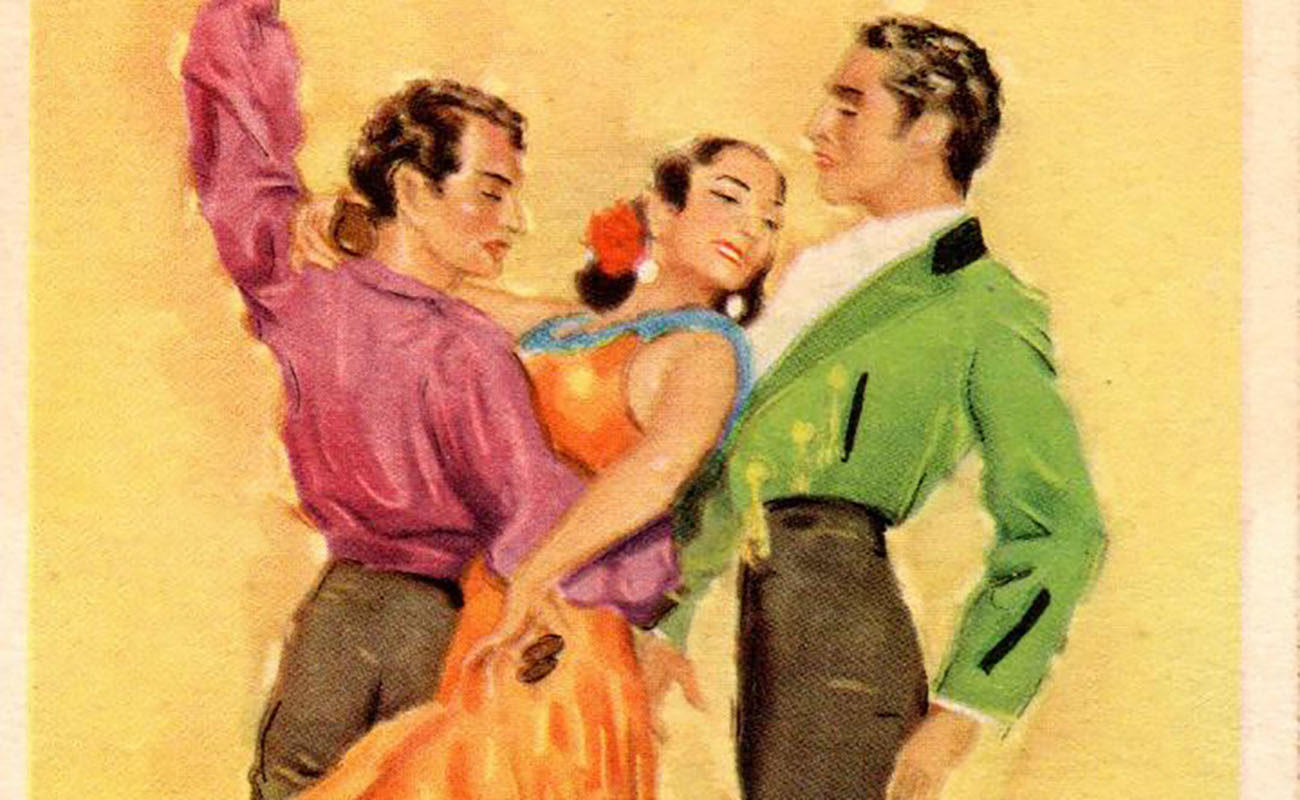Pilar López and metrosexuals
These days when flamenco feminism is such a hot topic, I recall a very interesting conversation I had with the great bailaora Pilar López, the sister of La Argentinita. It was in Ronda, where both of us had been invited to an academic conference organized by the late writer and flamenco critic Ángel Álvarez Caballero. Talking about the bailaores in her dance company (El Greco,

These days when flamenco feminism is such a hot topic, I recall a very interesting conversation I had with the great bailaora Pilar López, the sister of La Argentinita. It was in Ronda, where both of us had been invited to an academic conference organized by the late writer and flamenco critic Ángel Álvarez Caballero. Talking about the bailaores in her dance company (El Greco, Alejandro Vega, Manolo Vargas, Rafael Ortega…) I made the following observation: “It seems as if you pick them based on some specific physical characteristics, all very good-looking and with amazing bodies”. She told me that, indeed, the looks of a bailaorwere essential for her. “I can’t possibly cast a bald bailaor with a beer belly!”, she said, with her characteristic wit, even as Rafael Ortega didn’t quite have a full head of hair.
However, I totally understood Pilar’s point of view, because in those years a lot of attention was given to every detail in a flamenco cuadro. Not like today, when Israel Galván is able to cast palmeros wearing tracksuits. Were bailaores or cantaores objectified, then? I say this because some flamenco feminists (I use the term “flamenco feminists” with all respect, as that’s how they refer to themselves) talk about the fact that women were, and still are, objectified in cuadros at tablaos and shows in general.
People used to point out that Niña de los Peines wasn’t very attractive, that is, she wasn’t gorgeous. That was noteworthy because in her days beauty was almost an essential requirement: pretty artists were preferred to perform in theaters, even if they didn’t dance or sing very well, and even today good-looking artists are preferred to work in some tablaos where they still take in account the good physical appearance of women, and also of men. However, when flamenco festivals became popular, after the crisis of flamenco in theaters, the appearance of women, and men, became secondary, and some cantaoras who were rather physically unattractive ended up achieving great success, because of what they really were: great cantaoras. The same goes for some cantaores too, even as some flamenco entrepreneurs and artists still considered physical appearance of the utmost importance.
Have you ever seen Antonio Mairena singing while wearing a wig? He did so early in his career, because when he sang for baile, it was mandatory. Later on, he didn’t mind showing off his wonderful bald head in peñas and festivals, and also in theaters, because he was never particularly vain, although he always dressed elegantly and had a great respect for his public.
I don’t mean to say that the bailaores in Pilar López’s dance company were just pretty faces with great bodies, because they were great bailaores and dancers. Yet, in those days looks mattered a lot and men were objectified as much as women. Cuadros featuring bailaores with good physical attributes were very valuable for some artists and entrepreneurs.
Juan Valderrama talked about this topic many times, mentioning how Pepe Marchena or El Pinto were very demanding with the artists of their companies, who were always required to look good before going on stage. In the 1940s, the genius from Marchena took his company to a town in Málaga (its name escapes me) and decided to also feature some local aficionado in order to get more people to attend the show, something quite normal in those days. He hired one Niño de la Espartera, a farm labourer, whom he made wear a fancy outfit and a cordobés hat, as he would be performing along the master. It took a while, but Marchena finally convinced him to wear the outfit. Yet, minutes before he got on stage, the good man changed his mind and took off his hat and fancy clothing, putting on his flat cap and regular clothes instead, as he knew his friends would make fun of him if he came out all dressed up. When Marchena saw that, he stopped the show and fired the cantaor on the spot. “One thing is to be a farmer, quite another to be an artist”, he said.
Translated by P. Young
Illustration from the album “Pilar López y Su Ballet Español” (2011)




